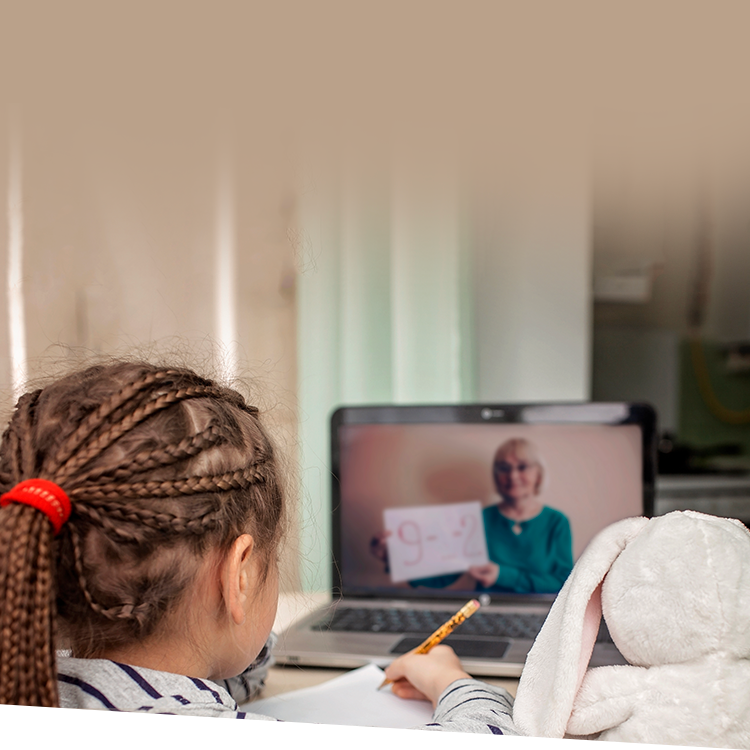Parents and teachers contribute to a support system that helps students learn at their highest capacity. This relationship must be strong and cooperative. Every interaction between teacher and parent is an opportunity to build that relationship.
So, how can teachers communicate with parents in a way that keeps them informed and engaged with their child’s education? How can teachers best satisfy parents’ expectations? ISM recommends that touch points between teachers and parents be personal and spontaneous. This is even more important now while students are learning from home and parents have become even more involved in their children’s education.
Spontaneous Personalized Communication
Traditional communications from teachers to parents typically center on progress reports and report cards. These standardized, consistent performance evaluations give parents an assessment of where their child is, but not how they got here. Parents can’t see the process or the value of the student experience.
Parents are also used to seeing school newsletters and classroom calendars with updates about news and events. While distributing information about what’s happening at school and in class is useful and appreciated, none of that addresses each child’s specific progress or their needs. Parents want and expect to receive personal attention and contact as part of their private school investment.
Rather than sending class updates to all families, spontaneous personalized communication is the best way to establish and maintain parent-teacher relationships.
A personalized approach where the teacher contacts each student’s family significantly enhances trust. Reaching out with a more informal approach between regular reports keeps parents more substantially involved in their children’s education.
Especially now, as parents are taking on more responsibility for their children’s education while at home, this personalized touch helps everyone stay on the same page. Address concerns and difficulties long before there could be any surprises on the next report card.

Tune in to ask questions related to this Source article or other topics you've encountered lately.
Visit our NEW Community and start posting.
Helping Educators Communicate Effectively
Your faculty is trained to teach, but how and when to communicate with parents does not always come naturally. We recommend using peer-to-peer training to help teachers communicate effectively with parents.
This way, teachers learn from colleagues. The trainer speaks the same language they do. They can clearly see that their peers are already using this communication strategy with their classes and that it is working.
School Heads should establish an expectation for spontaneous communication. ISM recommends that, on the average, teachers should reach out to parents individually twice every nine weeks. This may seem daunting, especially for a larger class. A class list template is a helpful tool to make sure that every student’s family has been contacted within this recommended timeframe.
Teachers should provide every parent with what you might call a “good news update” specifically about their child. This can include pictures or a short video clip to show their children actively participating in the learning process. Parents want to see that their children are thriving in your program.
Taking the Time to Work Together for Better Student Outcomes
Take a look at what administrators already ask teachers to do concerning communication. Many teachers are directed to produce a classroom newsletter where overall class progress is covered, and that same overview is sent to all parents.
Producing this document can take three to four hours to complete over the course of a week. In terms of instructional hours, every biweekly newsletter that teachers must create occupies up to eight hours every month that could be spent in the classroom.
Give that time back to teachers to create compelling lesson experiences in exchange for personalized communications.
The return on time invested is stronger relationships and more satisfied parents.
Leaders should help teachers understand that this approach is beneficial to them. Parents want to see that their expectations are being met. They expect to see their child’s needs and interests addressed individually. The more personal communication they receive from teachers, the better they understand their child’s progress, and the easier it is for parents and teachers to work together to advance student performance.





